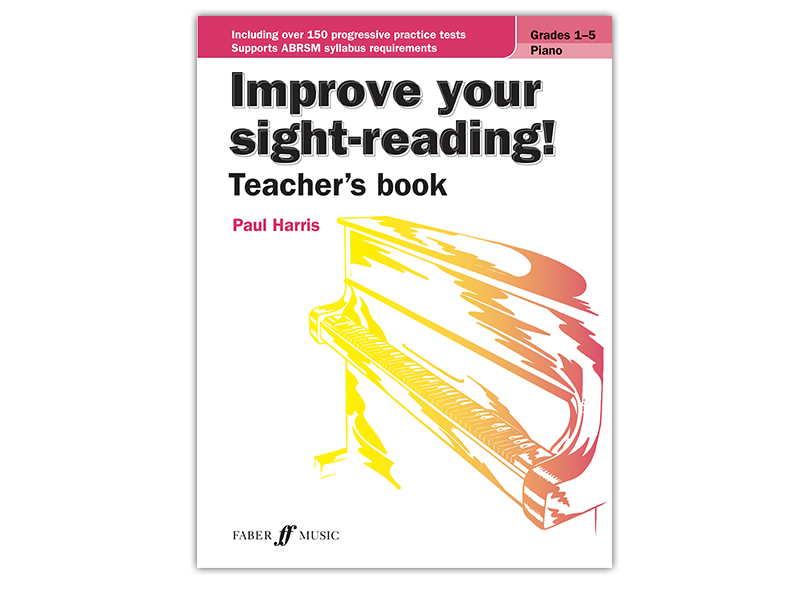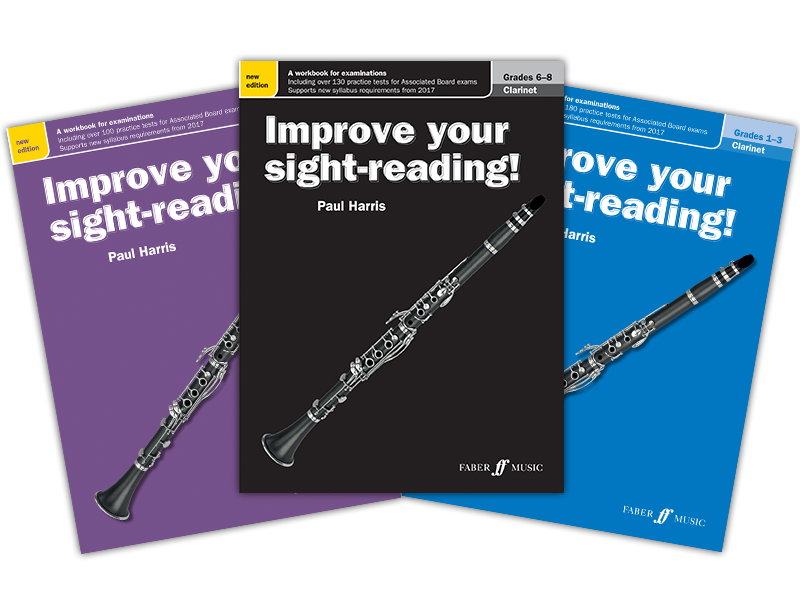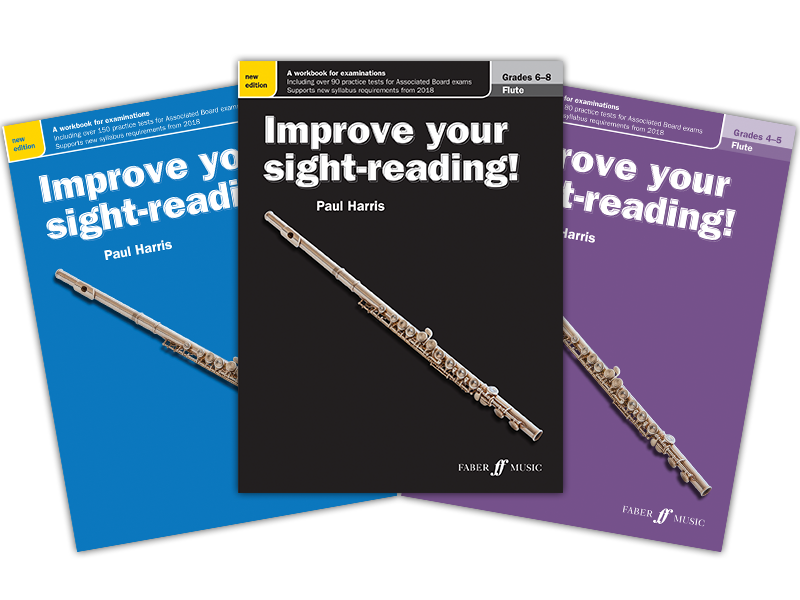Naturally the first necessity for all of us in these in these exceptional times is a combination of looking after ourselves and those close to us, with an eye on moving forwards towards a better future.
For many younger folk, especially those who would normally be living a highly structured life based around the routine that school or college provide, it is all very strange and different.
But, looking from a more positive perspective, for those who love their music and are learning to play or sing this time can serve as an opportunity to help them progress on an unprecedented scale.
So, let’s get our pupils practising! Give them some routine, normality and the potential for deep and meaningful engagement, in a world where the usual expectations have, for a while, been removed.
Practice… it’s a heavily loaded word! I’ve never quite known why (for some, anyway) it’s associated with negative thoughts. Let’s set about changing that.
******
First there are some background principles we need to take into account:
Young people are interested in NOW
The process needs to be enjoyable
The practical and immediate relevance needs to be clear
No one particularly wants to do ‘chores’
And also some clear guidelines in how to create the perfect psychological environment. The practice needs to be:
Understandable and engaging
Appropriately challenging
Fun
Rewarding
Imaginative
Whether you’re a computer gamer or not, there are certain lessons we can learn from the world of video games.
The process itself is diverting, engaging, focussing and fun
There is a clear sense of direction: I know what I’m supposed to be doing and why
The progress is clear: Today I went up 20 (or maybe 200 or 2000) levels
So, how can we apply all this to help our pupils practise?
Put simply, they need to:
Plan for progress, and
See that progress when it happens
Practice is often too vague and so pupils simply play/sing through pieces and songs, maybe correcting a few obvious errors along the way. There’s not much fun in this. We need to help pupils make a mental shift to more dedicated and goal-orientated practice, rather than filling up time with the brain only just in gear.
******
We therefore want to encourage pupils to organise their practice with two particular types of activity in mind:
Personal Bests
(which are generally more directed towards technique)
and
Mini Outcomes
(which are generally more musically based)
Personal Bests are either how…
…evenly
…loudly
…softly
…cleanly
…confidently
…beautifully
…speedily
…slowly
…expressively
…can I do this thing, or play this note / phrase / passage?
It best applies to a specific technical aspect: the control of a new note; the control of the bow on a string crossing; the crispness of a staccato note or the control of an ornament… the list is endless.
Or PBs are concerned with How many…
…times can I tongue this note in 10 seconds?
…times can I play G major remembering the F sharp?
…times can I repeat this bar with perfect control?
…connections can I make within this piece?
…pieces/songs can I perform confidently at the moment?
Mini Outcomes are little challenges. They are concerned with Can I…? and How can I…?
…improve the control of that staccato note?
…play the first bar/last bar/any bar really beautifully?
…keep my bow really straight in this bar?
…play/sing this section with really vivid dynamic contrasts?
…play this scale with really crisp staccato?
…memorise the first 5 notes/octave of this scale?
In other words, they are asking the pupil to think: Can I do this thing like this…?
******
As our pupils are making their lists of PBs or MOs, we also want to encourage them to think:
Why am I doing this?
How am I going to do it?
What is the result?
Given that there is probably more time available now for practice, you could suggest that pupils practise a number of times a day but each session is quite short and is aimed towards some very specific outcomes. Practice then become a series of Personal Bests and Mini Outcome activities. Maybe two or three of each. This ticks all the boxes as set out above – it’s understandable and engaging, appropriately challenging, fun, rewarding and imaginative!
In time, pupils will become much better at creating a more positive practice mindset and a more practical way of using the time.
In tandem with this we need to teach pupils how to set up and react constructively and productively to what they do. They will need to look at the music to be practised, think, analyse and ask themselves lots of questions.
That could go a little like this:
In this practice session I’m going to work at this section of this piece, which has some staccato. I want to improve the staccato control and improve my staccato speed.
Mini Outcomes: Work at staccato. Can I play them more crisply? How can I play them more crisply? Can I play this bar of staccatos evenly?
Personal Bests: Can I play a really crisp staccato note? How many crisp staccato notes can I play in 10 seconds? Last PB on staccato was four beats of semiquavers at crotchet = 60. Today I’ll try crotchet = 61… or five beats at crotchet = 60.
By the end of that session a lot of very focussed work will have been done. If something hasn’t been understood, instead of getting frustrated, encourage the pupil to note it down as a question for the next lesson.
Measuring progress
The realisation of a Personal Best is a clear indication of progress.
The successful completion and accomplishment of a Mini Outcome is also an indication of progress.
Pupils have made progress and are aware of the progress they’ve made in each practice session.
It’s very motivating.
******
Do let me know how you get on if you are able to encourage your pupils to try these ideas.
I’ll be in touch over the next few days and weeks with some more practical ideas to help you inspire your pupils with their music practice and learning at home…




















